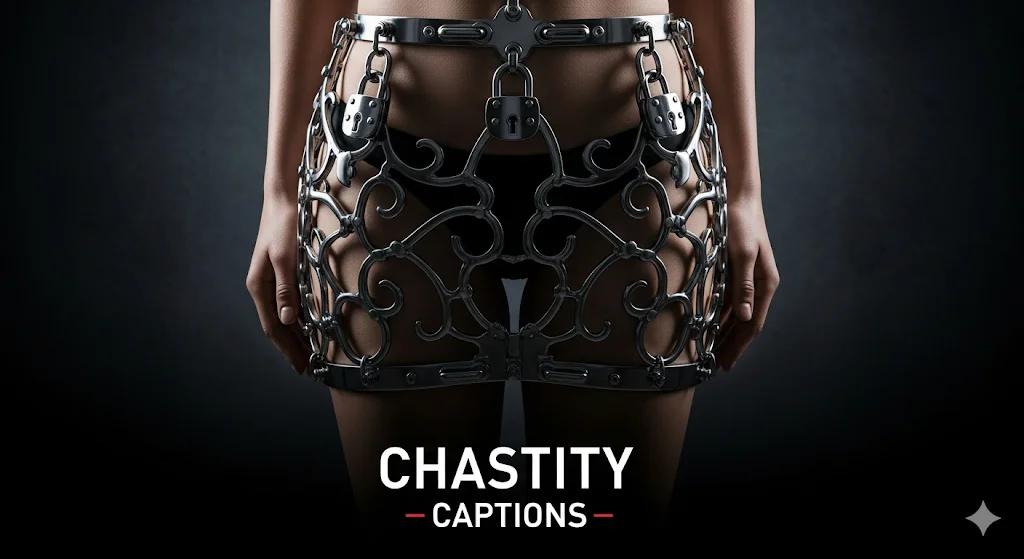Finding affordable roller blinds that don't look or function cheaply requires knowing what corners can be cut without ruining the whole purchase. The window covering market has changed a lot in the past decade, with online retailers and direct-to-consumer brands dropping prices significantly. You can now get decent roller blinds for 40-60% less than what traditional stores charge, mainly because there's no showroom overhead or commissioned salespeople in the mix. Consumer reports on window treatments show that mid-range roller blinds typically last 5-8 years with normal use, which is honestly fine for most people, especially if you're in a rental or planning to renovate eventually. The key is understanding which features matter and which are just markup.
Pre-made standard size blinds are where the real savings happen. Manufacturers produce these in bulk for common window dimensions—usually in 5-10cm width increments—which drives costs way down. Before assuming you need custom, actually measure your windows carefully. A lot of standard residential windows fall into common sizes, especially in newer construction where things are more uniform. If your window measures 89cm and there's a standard size at 90cm, you're often fine, especially with an inside mount where small gaps aren't as visible. The catch is that older homes or unusual windows genuinely do need custom sizing, and forcing a standard size to work just looks bad and defeats the privacy purpose.
Budget-friendly roller blinds usually use polyester fabrics instead of specialized blends, and that's actually okay for most situations. Polyester is durable, cleans reasonably well, and holds color decently even if not as long as premium options. Where you can compromise is on decorative features—textured fabrics, patterns, or specialty finishes add cost without adding function. Solid colors in white, cream, or grey are usually the cheapest and most versatile anyway. What you shouldn't compromise on is the fabric weight. Even in budget ranges, aim for at least 200 GSM. Anything thinner looks flimsy and won't block light or provide privacy effectively. Some affordable brands offer "blockout" fabrics that perform nearly as well as premium blackout options—they might let tiny pinpricks of light through, but for most rooms that's irrelevant.
Professional installation can cost as much as the blinds themselves, which is ridiculous because installing roller blinds is genuinely not difficult. Most affordable blinds come with basic mounting brackets and screws. You need a drill, a level, a pencil, and about 20 minutes per window. The instructions are usually straightforward—mark where the brackets go, drill pilot holes, screw in the brackets, clip the blind into place. The measuring is actually the trickiest part. For inside mounts, measure the width at the top, middle, and bottom of the window frame and use the smallest measurement. For outside mounts, decide how much frame you want to cover (usually 5-10cm on each side) and add that to your window width. There are video tutorials for literally every installation scenario now, which makes it even easier.
If you're renting or in a temporary living situation, affordable roller blinds make total sense. There's no point dropping serious money on custom premium blinds you can't take with you or that the landlord might replace anyway. For high-traffic areas like kitchens where you're raising and lowering blinds multiple times daily, it might be worth spending a bit more on better mechanisms that won't wear out quickly. Bedrooms are somewhere in the middle—blackout function matters, but if the chain mechanism isn't perfectly smooth, it's not a huge deal since you're not using it constantly. Living rooms facing the street benefit from better light-filtering fabrics, but rooms with low visibility from outside can get away with cheaper options.




Want to add a comment?